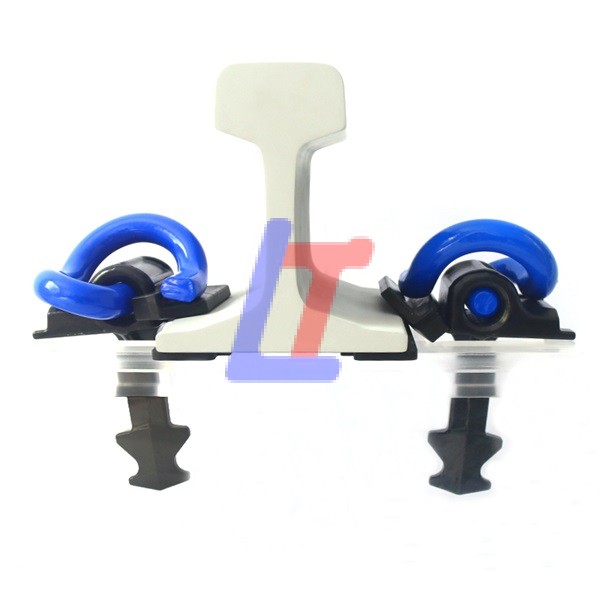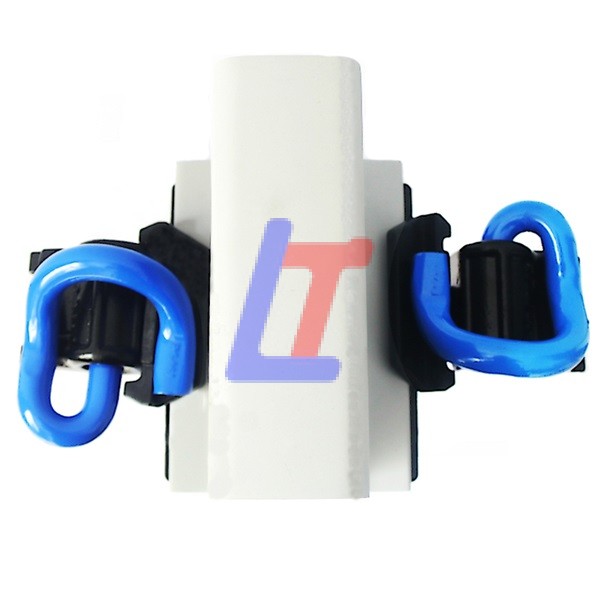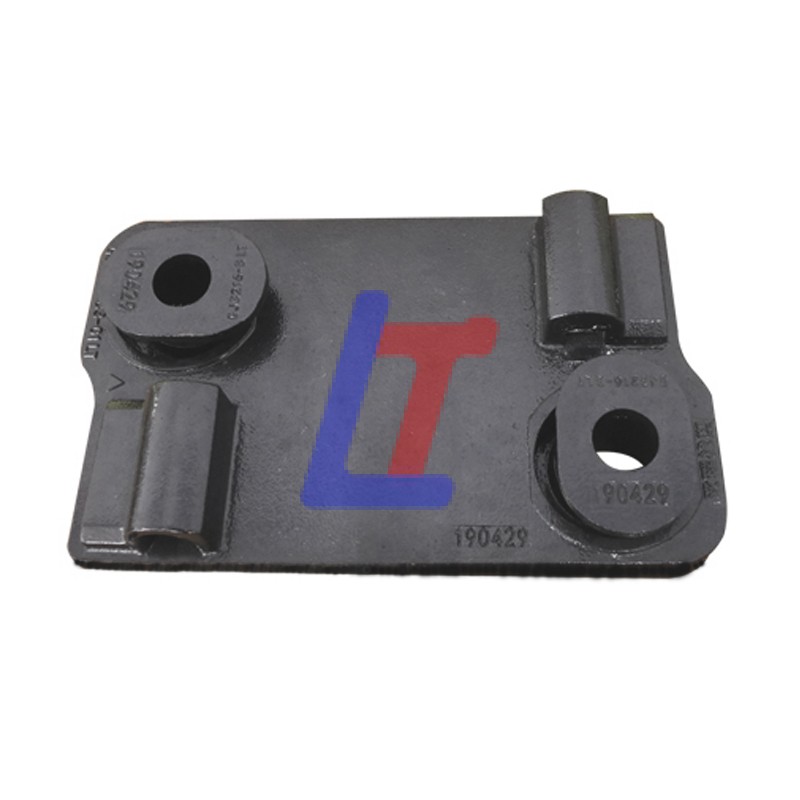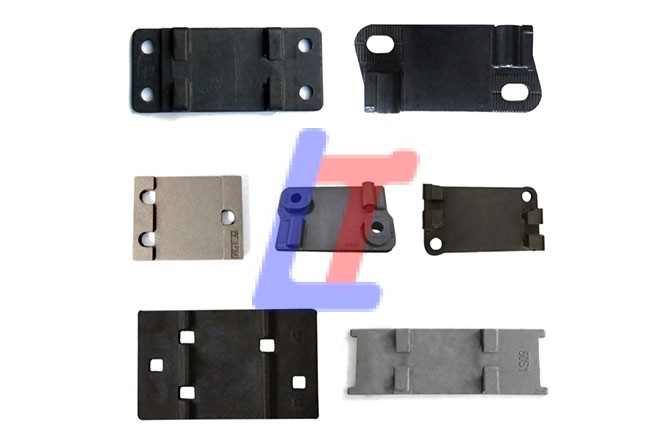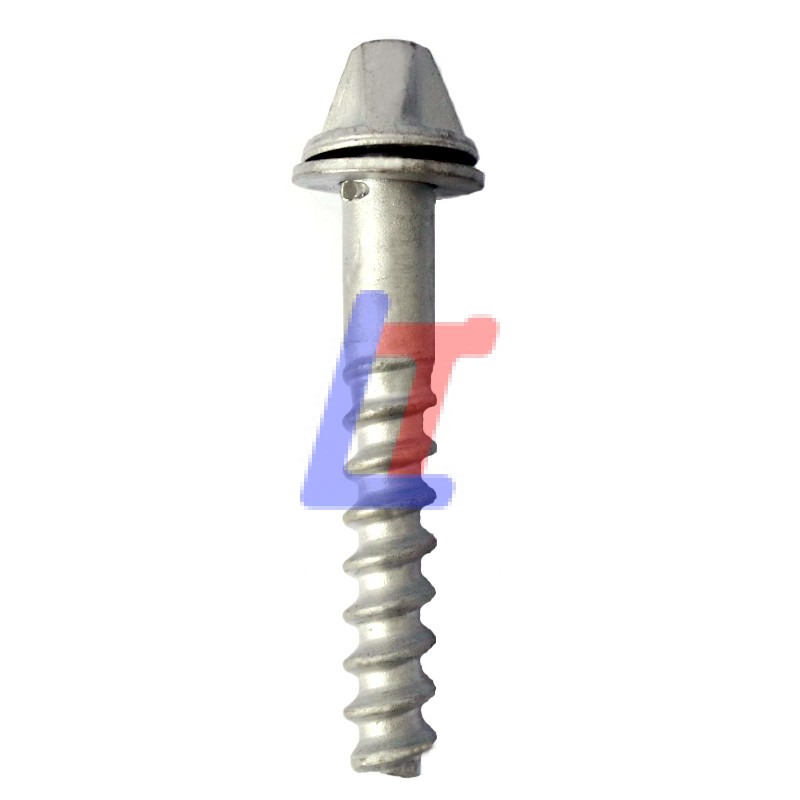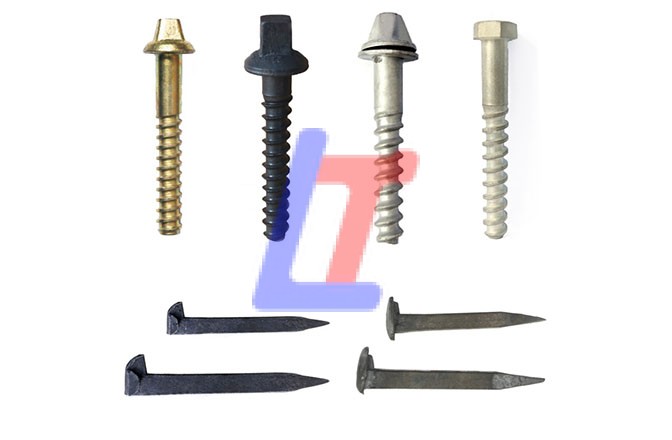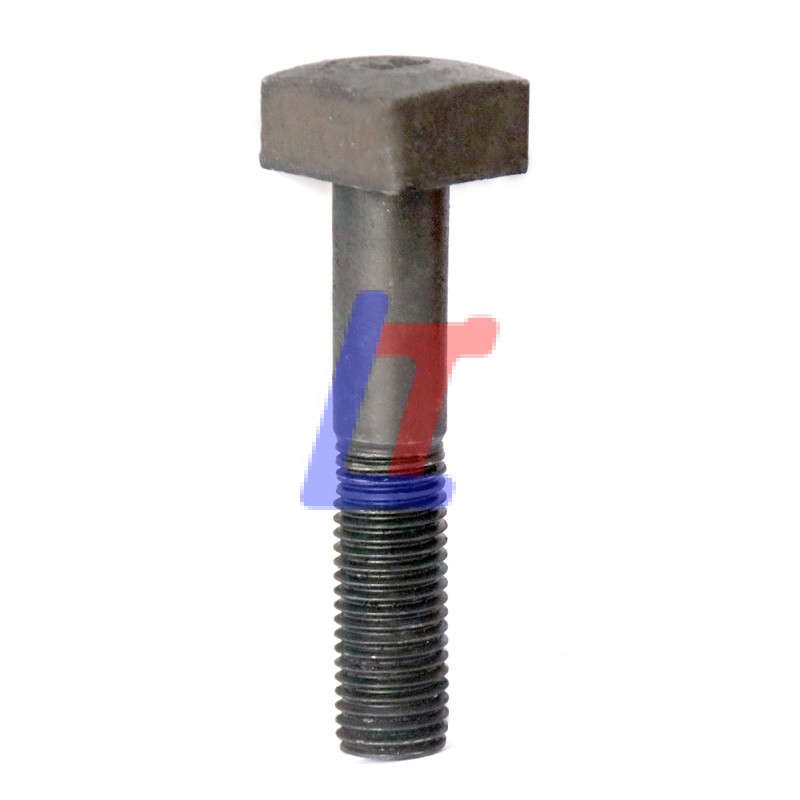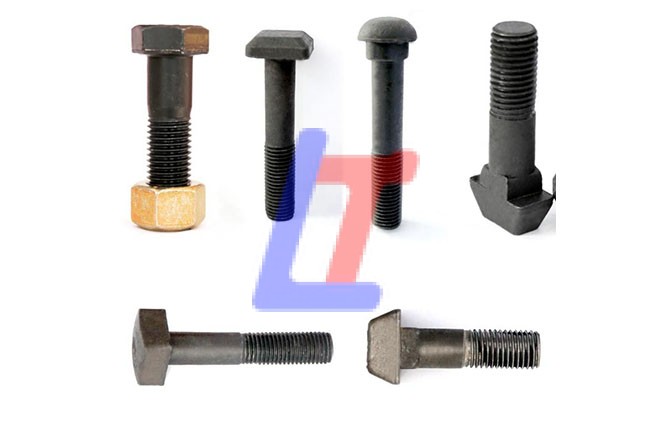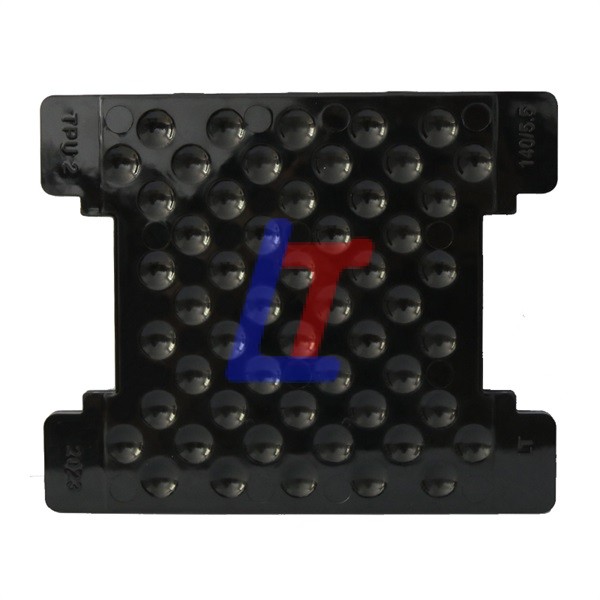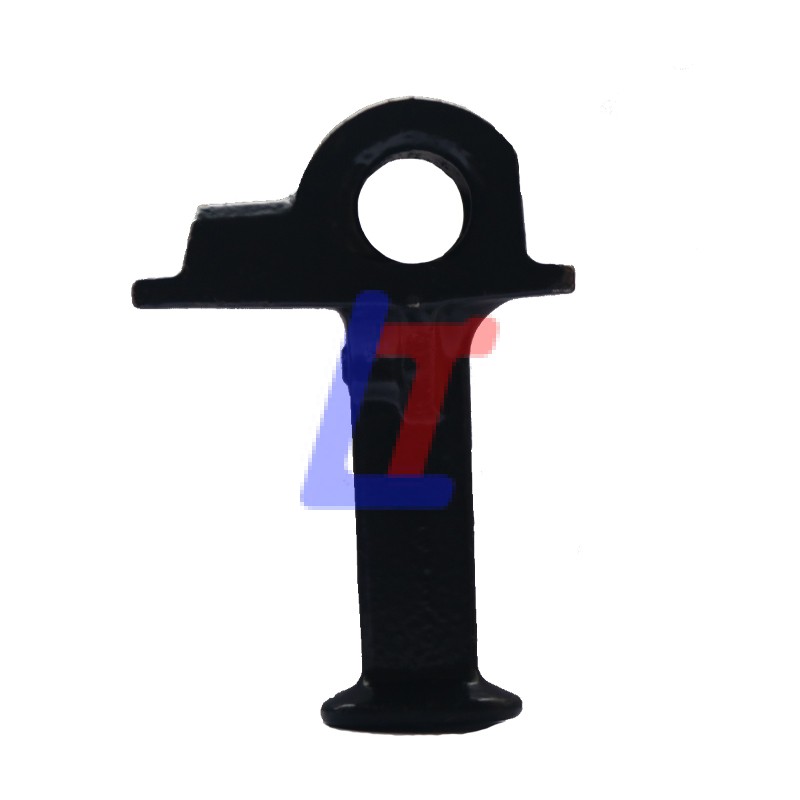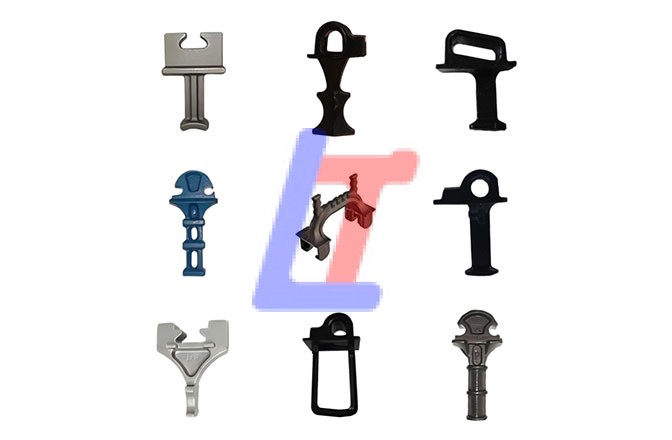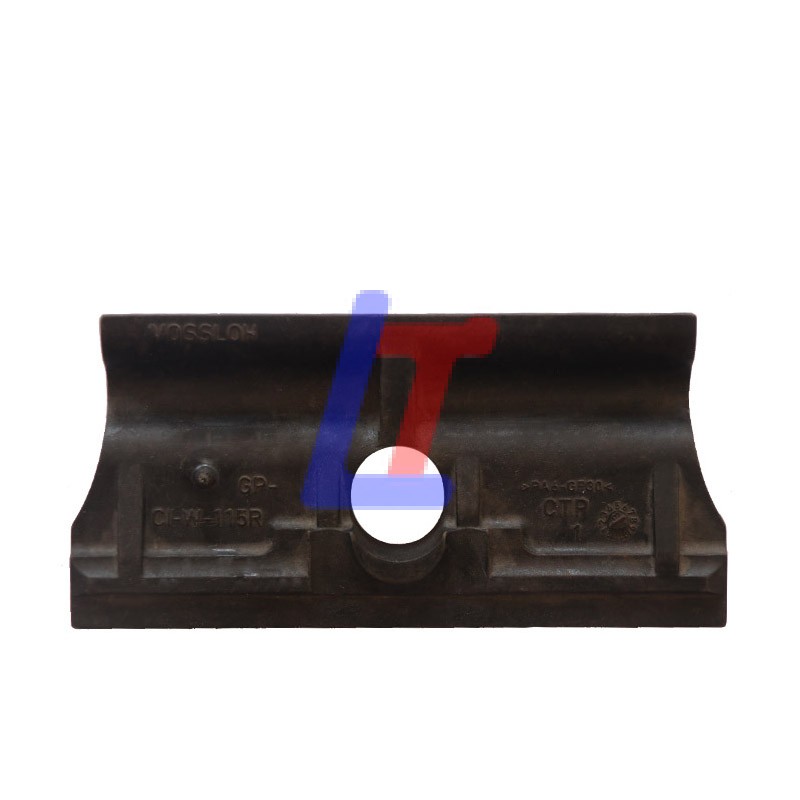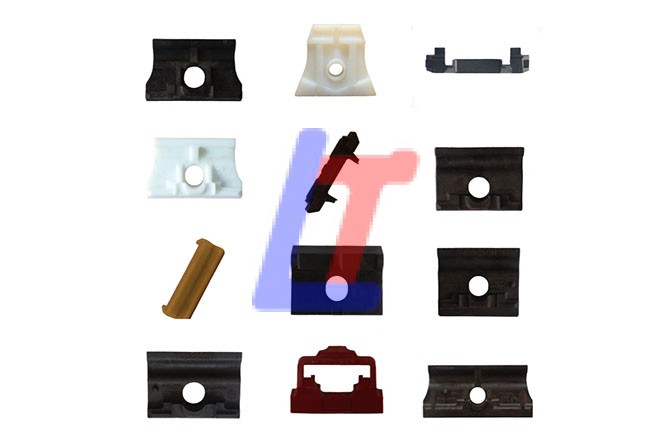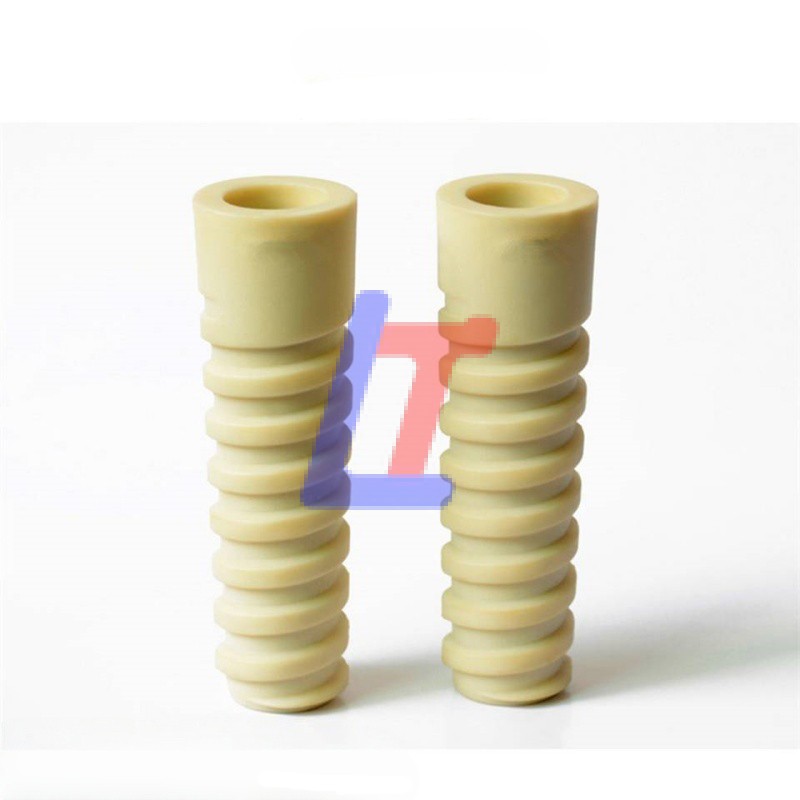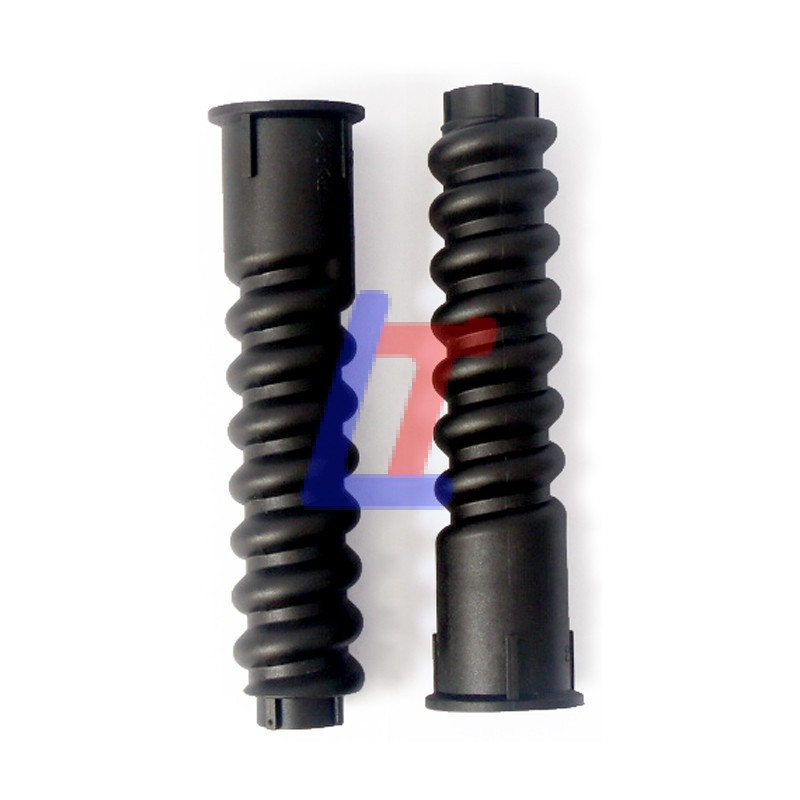Railway Spring Washer (also called disc springs or Belleville washers) are critical components in rail fastening systems, providing vibration resistance, tension maintenance, and anti-loosening protection for screw spikes in heavy-load and high-speed applications.
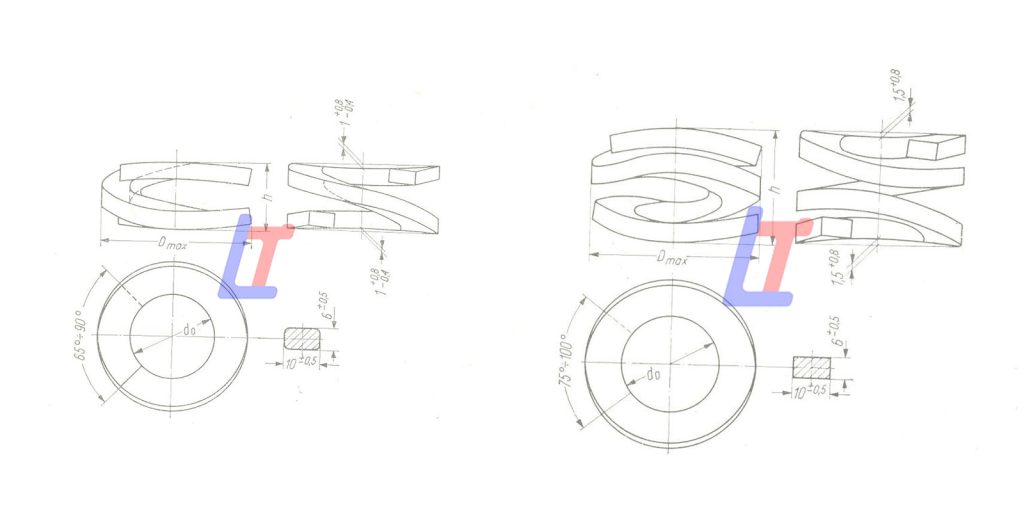
Types of Railway Spring Washer:

Key Features & Functions:
1. Elastic Clamping Force:
The spring washer applies a consistent clamping force to rail fasteners (such as bolts, clips, or spikes) to prevent loosening due to vibrations and dynamic loads from passing trains.
2.High-Strength Materials
- Carbon steel (65Mn/60Si2Mn) for standard use.
- Stainless steel (AISI 304/316) for corrosive environments.
- Optional zinc plating or phosphating for rust prevention.
3.Standardized Dimensions
- Common sizes: M22, M24, M30 (matches screw spike diameters).
- Thickness: 2-5mm (varies by load requirements).
4.Temperature Resistance
- Maintains elasticity from -40°C to +250°C (critical for extreme climates).
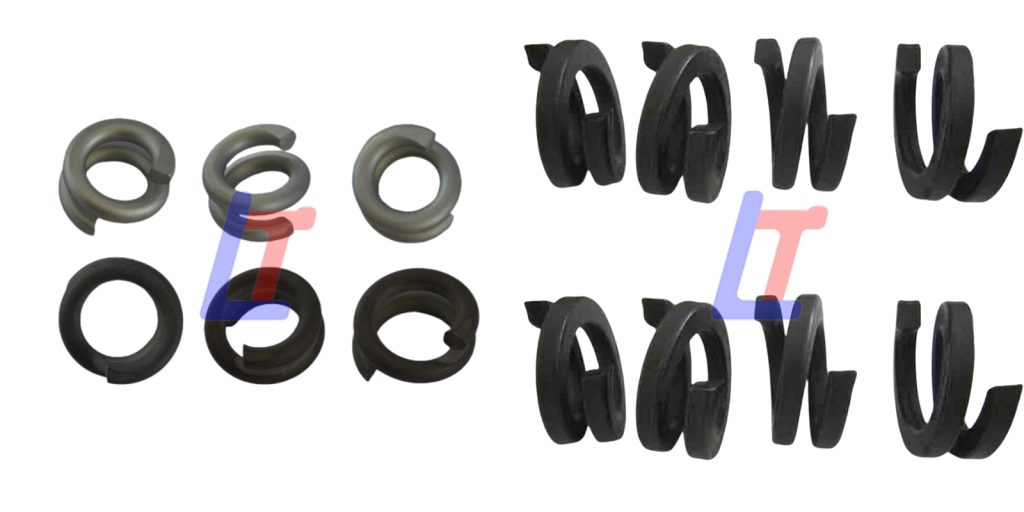
Railway Spring Washer Installation Guidelines
1.Correct Orientation
- Concave side must face the screw head/nut (ensures proper compression).
2.Torque Sequence
- Tighten to 70-80% of final torque → compress washer → apply full torque (typically 300-500Nm).
3.Replacement Criteria
Replace if free height reduces by >10% or cracks appear.
Benefits Over Flat Washers
- 50% better vibration resistance (UIC testing data)
- Compensates for thermal expansion/contraction
- Prevents flange-seat fretting corrosion
- Extends re-tightening intervals by 3-5×

